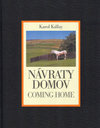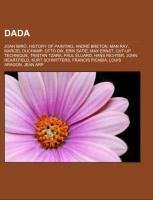
Dada
Source: Wikipedia. Pages: 167. Chapters: Joan Miró, History of painting, André Breton, Man Ray, Marcel Duchamp, Otto Dix, Erik Satie, Max Ernst, Cut-up technique, Tristan Tzara, Paul Éluard, Hans Richter, John Heartfield, Kurt Schwitters, Francis Picabia,... Viac o knihe
Produkt je dočasne nedostupný
31.50 €
bežná cena: 35.80 €
O knihe
Source: Wikipedia. Pages: 167. Chapters: Joan Miró, History of painting, André Breton, Man Ray, Marcel Duchamp, Otto Dix, Erik Satie, Max Ernst, Cut-up technique, Tristan Tzara, Paul Éluard, Hans Richter, John Heartfield, Kurt Schwitters, Francis Picabia, Louis Aragon, Jean Arp, Beatrice Wood, Jun Tsuji, Jean Crotti, Degenerate art, Suzanne Duchamp, Julius Evola, André Kertész, Anti-art, Artist's book, Appropriation, Raoul Hausmann, George Grosz, Guillermo de Torre, Arthur Cravan, Victor Brauner, Hannah Höch, Marsden Hartley, Elsa von Freytag-Loringhoven, An Anna Blume, Hugo Ball, Ilia Zdanevich, René Clair, Sound poetry, Henri-Pierre Roché, Benjamin Péret, Sophie Taeuber-Arp, Cabaret Voltaire, Vicente Huidobro, Christian Schad, Michel Sanouillet, Object to Be Destroyed, Emmy Hennings, Johannes Baader, Hans Leybold, Arturo Schwarz, Richard Huelsenbeck, Marcel Janco, Walter Serner, Clément Pansaers, Céline Arnauld, Sudac Collection, List of Dadaists, Julien Torma, Philippe Soupault, Viking Eggeling, Jacques Vaché, Georges Ribemont-Dessaignes, Jacques Rigaut, Jedermann sein eigner Fussball, Johannes Theodor Baargeld, Neo-Dada, Punct, Dean Gallery, Gino Cantarelli, 391, The Blind Man, Five Pieces for String Quartet, The Central Council of Dada for the World Revolution, Unu, Francis Naumann, Georges Hugnet, Die Pleite, Dragan Aleksic. Excerpt: The history of painting reaches back in time to artifacts from pre-historic humans, and spans all cultures. It represents a continuous, though periodically disrupted tradition from Antiquity. Across cultures, and spanning continents and millennia, the history of painting is an ongoing river of creativity, that continues into the 21st century. Until the early 20th century it relied primarily on representational, religious and classical motifs, after which time more purely abstract and conceptual approaches gained favor. Developments in Eastern painting historically parallel those in Western painting, in general, a few centuries earlier. African art, Islamic art, Indian art, Chinese art, and Japanese art each had significant influence on Western art, and, eventually, vice-versa. Recommended articles: 20th-century Western painting, Western painting, Painting, Outline of painting history. The oldest known paintings are at the Grotte Chauvet in France, claimed by some historians to be about 32,000 years old. They are engraved and painted using red ochre and black pigment and show horses, rhinoceros, lions, buffalo, mammoth or humans often hunting. There are examples of cave paintings all over the world-in France, India, Spain, Portugal, China, Australia etc. Various conjectures have been made as to the meaning these paintings had to the people that made them. Prehistoric men may have painted animals to "catch" their soul or spirit in order to hunt them more easily or the paintings may represent an animistic vision and homage to surrounding nature, or they may be the result of a basic need of expression that is innate to human beings, or they could have been for the transmission of practical information. In Paleolithic times, the representation of humans in cave paintings was rare. Mostly, animals were painted, not only animals that were used as food but also animals that represented strength like the rhinoceros or large Felidae, as in the Chauvet Cave. Signs like dots we
- Vydavateľstvo: Books LLC, Reference Series
- Formát: Paperback
- Jazyk:
- ISBN: 9781156435960


 Anglický jazyk
Anglický jazyk 
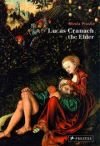

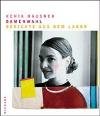
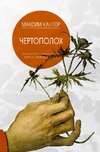
 Ruský jazyk
Ruský jazyk 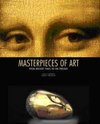
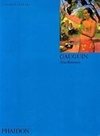


 Nemecký jazyk
Nemecký jazyk 
